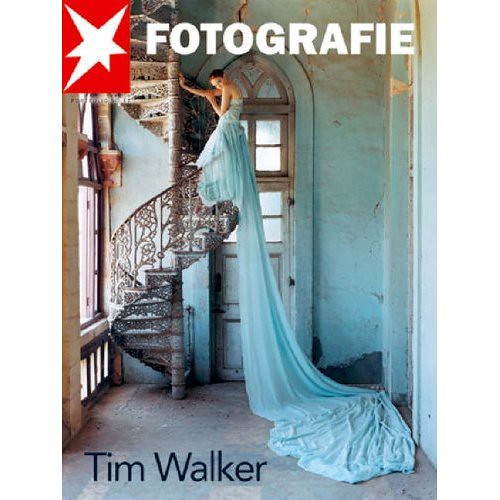
Punk Rock: So What? (1999) – Roger Sabin
[Amazon.com] [FR] [DE] [UK]
From the publisher
It’s now over twenty years since punk first pogoed its way into our consciousness. Punk Rock: So What? brings together a new generation of writers, journalists and scholars to provide the first comprehensive assessment of punk and its place in popular music history, culture and myth. Combining new research, methodologies and exclusive interviews, Punk Rock: So What? brings a fresh perspective to the analysis of punk culture, and kicks over many of the established beliefs about the meaning of punk.
Punk Rock: So What? re-situates punk in its historical context, analyzing the possible origins of punk in the New York art scene and Manchester clubs as well as in Malcolm McClaren’s brain. The contributors question whether punk deserves its reputation as an anti-fascist, anti-sexist movement, challenging standard views of punk prevalent since the 1970s, and discussing the role played by such key figures as Johnny Rotten, Richard Hell, Malcolm McLaren.
Tracing punk’s legacy in comics, literature, art and cinema as well as music and fashion–from films such as Sid and Nancy and The Great Rock `n’ Roll Swindle to the work of contemporary artists such as Gavin Turk and Sarah Lucas–the contributors establish that, if anything, punk was more culturally significant than anyone has yet suggested.
Contributors: Frank Cartledge, Paul Cobley, Robert Garnett, David Huxley, David Kerekes, Guy Lawley, George McKay, Andy Medhurst, Suzanne Moore, Lucy O’Brien, Bill Osgerby, Miriam Rivett, Roger Sabin, Mark Sinker. Roger Sabin is a Lecturer in Cultural Studies at Central St. Martin’s College of Art and Design.
Roger Sabin also edited Below Critical Radar : Fanzines and Alternative Comics from 1976 to Now (2001) – Roger Sabin [Amazon.com] [FR] [DE] [UK] and Adult Comics: An Introduction (1993) – Roger Sabin [Amazon.com] [FR] [DE] [UK]
See also: punk rock – 1999





